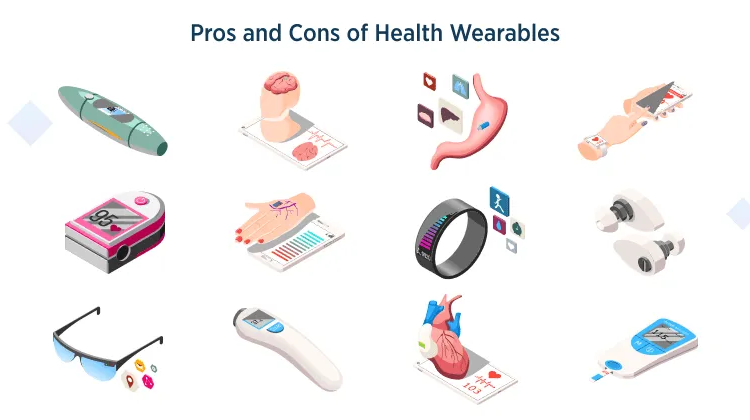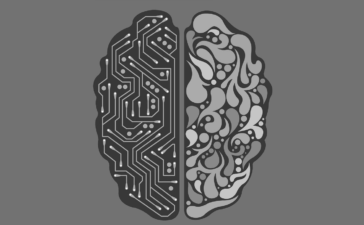In recent years, wearable technology has significantly advanced, integrating seamlessly into the healthcare sector and reshaping how we approach health management. The rise in popularity of these devices reflects a growing shift towards health and wellness, driven by advancements in technology and an increased focus on personal health. Here’s a comprehensive overview of how wearable technology is making waves in healthcare:
What Is Wearable Technology in Healthcare?
Wearable technology in healthcare encompasses a range of devices equipped with sensors and software that collect, transmit, and analyze personal health data. These devices, often worn on the body, provide real-time monitoring of various health metrics. They combine hardware, software, and app development to deliver actionable insights into a user’s health.
Key components include:
- Smart Sensors: Measure vital signs such as heart rate, blood pressure, and body temperature.
- Mobile Applications: Allow users to manage and view their health data.
- Cloud Connectivity: Enables data sharing and analysis from anywhere.
Wearable health technology goes beyond fitness trackers, including devices designed for managing chronic conditions and detecting early signs of illness.
Types of Medical Wearable Devices
- Wearable Fitness Trackers: These devices monitor basic health parameters like heart rate and physical activity. They track steps, sleep, and calories, providing users with an overview of their fitness levels.
- Smart Health Watches: Modern smartwatches offer advanced health monitoring features, including heart rate variability and stress levels. They use optical sensors and AI technologies for accurate health insights.
- Wearable ECG Monitors: Designed to monitor heart health, these devices use sophisticated algorithms to detect arrhythmias such as atrial fibrillation (AF). They provide valuable data for cardiovascular care.
- Wearable Blood Pressure Monitors: These devices measure blood pressure, with some newer models offering cuffless technology. They help in monitoring hypertension and improving patient management.
- Biosensors: These self-adhesive patches measure various health metrics, including cardiac output and respiratory rates, offering non-invasive and continuous monitoring.
Advantages of Wearable Technology in Healthcare
- Promotes Proactive Healthcare: Regular monitoring helps detect health issues early, allowing for timely intervention and improved health outcomes.
- Boosts Patient Engagement: Wearables provide users with detailed health data, fostering a sense of control and involvement in their health management.
- Reduces Healthcare Costs: By enabling early detection and remote monitoring, wearables help decrease the frequency of doctor visits and hospital readmissions, ultimately lowering costs.
- Decreases Staff Workload: Remote monitoring reduces the need for in-person consultations, optimizing healthcare professionals’ time and resources.
Challenges of Implementing Medical Wearables
- Technical Issues: Wearable devices require long-lasting batteries and efficient power management to operate effectively. Investment in advanced technology is crucial for improvement.
- Data Accuracy: Accurate health data is essential for effective monitoring. AI, Big Data, and IoT technologies are key to ensuring data reliability.
- Security and Privacy: Protecting health data is critical. Wearable technology must adhere to stringent security standards and privacy regulations, such as HIPAA.
- Improper Device Wearing: Accurate measurements depend on proper device placement. Issues like moisture or tattoos can affect data accuracy.
The Future of Wearable Technology in Healthcare
The future of wearable technology in healthcare looks promising, with continuous advancements expected to address current challenges and expand capabilities. Key trends include:
- Enhanced AI Integration: Improving measurement accuracy and mitigating cybersecurity risks.
- Advanced IoT and Predictive Analytics: Providing deeper insights into patient data and enabling proactive health management.
- Growth of Consumer and Medical-Grade Wearables: Offering more options for health monitoring and management.
For companies looking to capitalize on the growing demand for wearable health technology, partnering with experienced developers is essential. Companies like Velvetech offer expertise in creating innovative wearable solutions tailored to various healthcare needs.
Embracing wearable technology not only enhances healthcare delivery but also empowers patients to take charge of their health, leading to a more connected and informed healthcare ecosystem.





